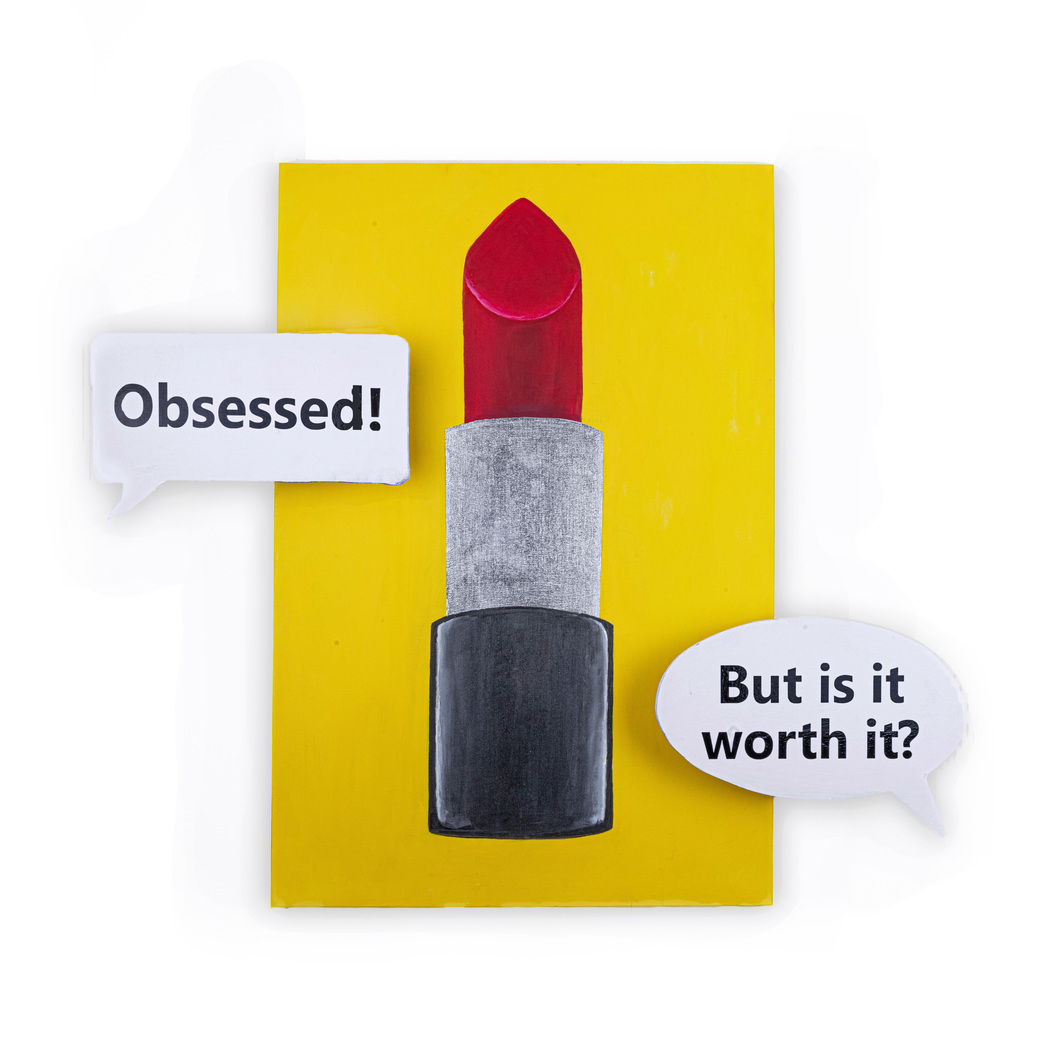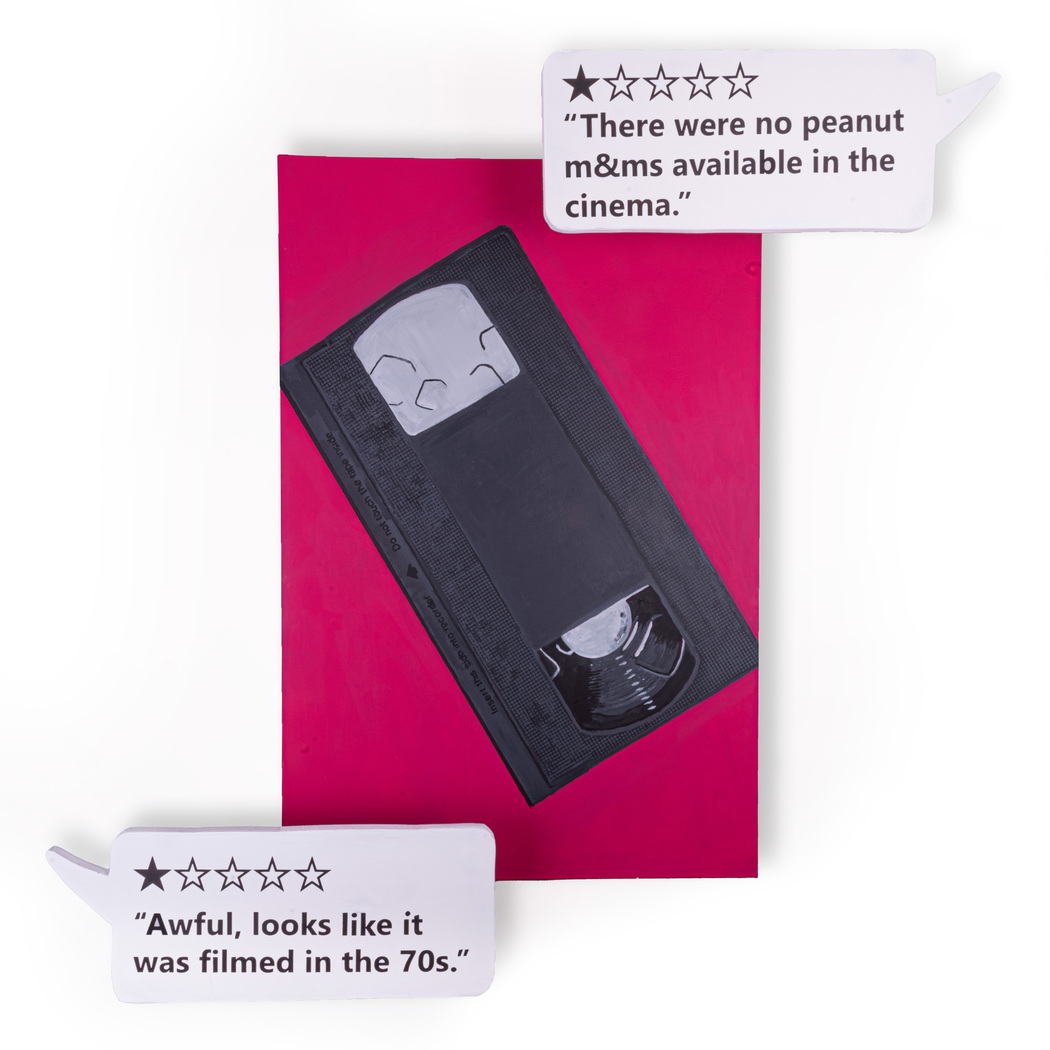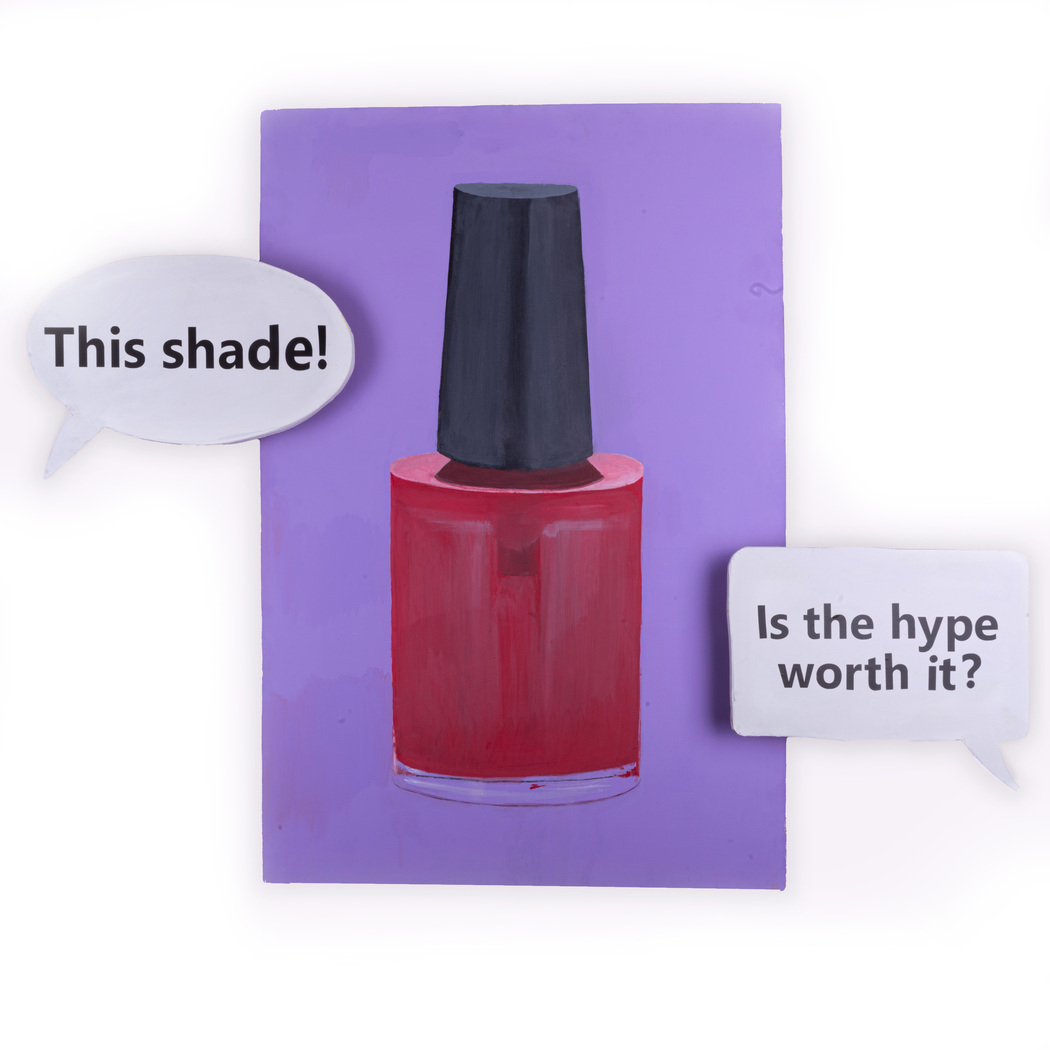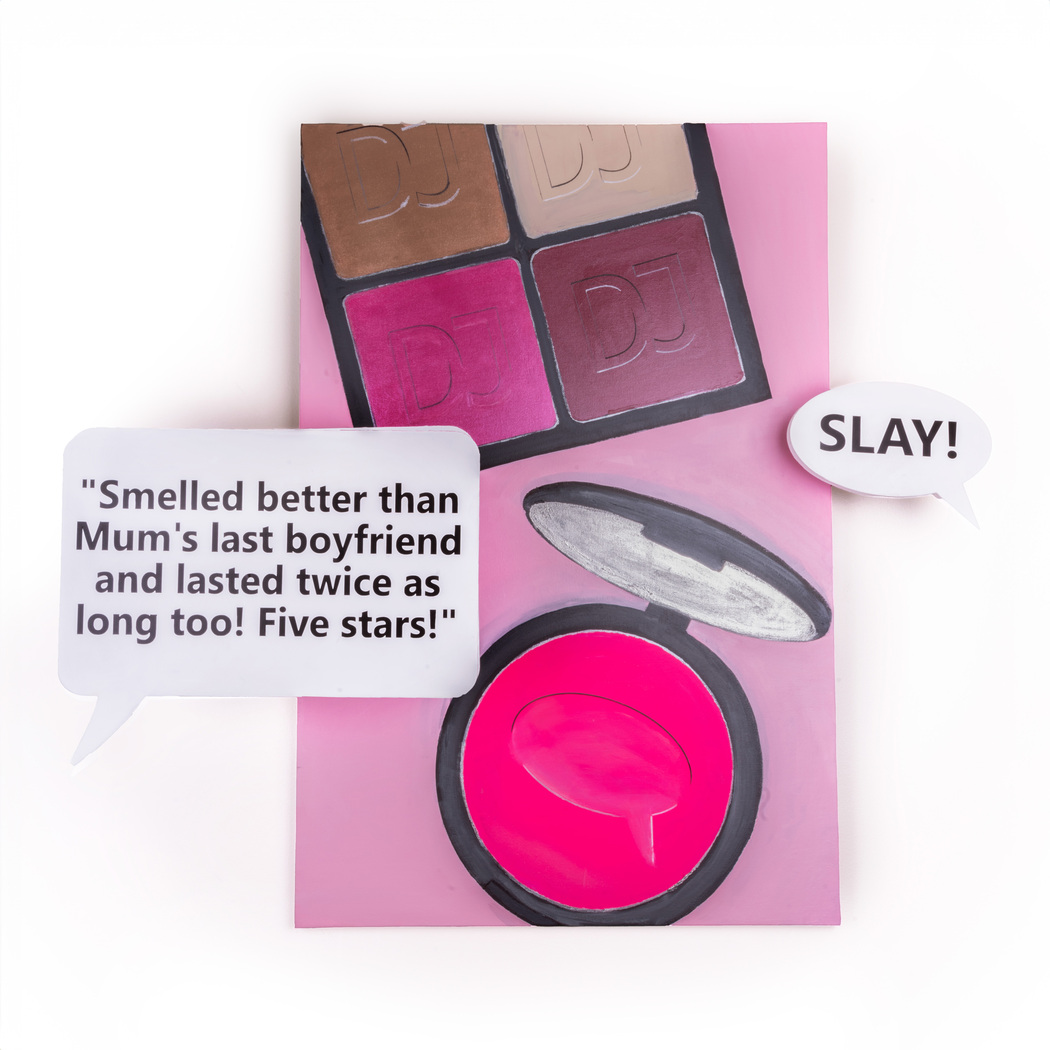Derek Jackson
Year of birth: 1991
Where do you live: Harrisonburg, VA
Your education: High School
Describe your art in three words: Colorful, Overwhelming, and Clean
Your discipline: Acrylic
Website | Instagram

How did your background as a self-taught artist influence your approach to Pop Art?
My background as a self-taught artist has greatly influenced my approach to Pop Art by giving me the freedom to experiment without the boundaries of traditional rules or techniques. Without formal instruction, I’ve always approached art with curiosity, letting intuition guide me.
Pop Art speaks to me because of its focus on everyday life and popular culture—it feels accessible, much like my own artistic journey. Being self-taught has pushed me to look at the world around me for inspiration, which is exactly what Pop Art celebrates. It’s about finding beauty in the mundane and reinterpreting the familiar in bold, unexpected ways.
This freedom also gives me the confidence to merge styles or break conventions, creating work that is uniquely mine. Instead of relying on established norms, I rely on my personal story, the places I’ve lived or visited , and my own emotional lens—infusing my Pop Art with a layer of authenticity that is deeply personal.
Can you tell us more about how your personal experiences with social media have shaped your work?
Social media is at the very heart of my work—it’s both my inspiration and the subject I critique. The idea for my paintings was born during one of those endless scrolling sessions, where I noticed how everyone on social media seems to have a personal brand. It felt like an online marketplace, with people constantly trying to secure sponsorships, sell products, or promote themselves.
What stood out most to me was watching makeup influencers. Despite selling different products, they all used a similar language to market their items. Their opinions held power—they were shaping the buying decisions of millions of people with just a few words. That realization sparked something in me: the power of opinions, particularly in the digital age, and how they influence not just commerce but also creativity.
I started thinking about how the internet has judged and even marginalized art. The internet is essentially a void—a space where we all want to have a voice. In this void, art gets judged, whether it’s a masterpiece or a humble creation. Often, it’s not about the art itself but about how it can be monetized, praised, or criticized. And tearing something down online is incredibly easy; it takes seconds to dismiss or ridicule something that may have taken years to create. That’s where the concept of the “talk bubble” came from. I realized that these endless online opinions often “cover up” the art itself. They obscure its meaning, its intent, and its essence with layers of noise and judgment. The talk bubble became a way to visually represent that idea—the way opinions can both shape and overshadow art.
After a year of working with talk bubbles, I decided to infuse them with humor. I started incorporating funny reviews, and it felt like my work became even more personal. Humor is a big part of who I am, and by using lighthearted, often ridiculous online commentary, I could reflect the chaotic, endless stream of opinions we’re all exposed to. It also gave my art a sense of playfulness while still making a statement about the digital age.
In many ways, this approach feels limitless. As long as the internet is filled with opinions—and it always will be—I’ll have an endless source of inspiration.

What does “Can I Say Something?” mean to you on a personal level, and how does it reflect your feelings about art in today’s digital age?
“Can I Say Something?” holds profound personal significance for me, as it represents my first collection of art—a milestone in my creative journey. The title itself is a question that reflects my vulnerability as I step into the art world. It’s an invitation to express myself, to share my perspective, and to explore how my voice fits into this vast and ever-evolving space.
This collection is more than just a series of works; it’s a means of navigating not only the field of art but also my identity as an artist.
Through it, I’m learning how to articulate emotions, ideas, and narratives in a way that resonates with others, which can feel intimidating in today’s digital age.
The digital era has made art more accessible than ever, but it has also created an overwhelming flood of content, where voices can get lost. For me, “Can I Say Something?” embodies the courage it takes to stand out, to ask for space in a world that often feels oversaturated, and to challenge myself to communicate authentically amidst the noise.
It’s a statement about the value of individuality and connection—two things I believe art should always strive for, no matter the medium or platform. This collection allows me to say something in my own way and on my own terms, and I hope it inspires others to feel they can do the same.
How do you see the concept of “instant reactions” and “online opinions” affecting the viewer’s connection to art?
I’ve explored this idea deeply in my artist statement for “Can I Say Something?” but here’s a summarized perspective. Instant reactions and online opinions can fundamentally reshape how we connect with art. In today’s digital world, we often rely on “trusted sources,” whether that’s a critic, an influencer, or a social media algorithm, to tell us if a piece of art is worth our attention. This reliance can strip away the personal journey of discovering art on our own terms.
The truth is, no one sees the world exactly as I do—or as you do. Art is deeply personal, and no one can fully predict how a piece will resonate with someone else. When we let others’ opinions dictate our feelings about art, we risk losing the chance to engage with it authentically, to decide for ourselves whether or not it speaks to us.
That’s why I believe it’s essential to step away from the noise, go out, and explore art independently. Experience it without the lens of “politics” or preconceived judgments. Find what moves you, what challenges you, and what sparks your curiosity. But here’s the flip side: when we engage with art on our own terms, we also have a responsibility to go deeper. Without relying on the interpretations of others, we must ask ourselves, “What is the artist trying to say? What story, emotion, or truth are they sharing?”
In many ways, the opposite of instant reactions is compassion and understanding. It’s about taking the time to look beyond the surface, to connect with art and the artist behind it on a human level. And isn’t that what the world needs more of? In a culture dominated by speed and snap judgments, art offers us an opportunity to pause, reflect, and empathize—and that’s a connection worth nurturing.

In your opinion, what is the balance between creating art for self-expression and creating art for an audience’s critique?
In my view, the balance between self-expression and creating for an audience lies in understanding the purpose behind each piece of art. For me, art begins as an act of self-expression—it’s about capturing my emotions, thoughts, and experiences without worrying about how it will be received. That raw authenticity is what makes the work meaningful to me.
However, I also recognize that art lives in the space between the artist and the audience. Once a piece is shared, it becomes a dialogue. I’ve come to value how others interpret my work, even if their perspectives differ from my own. Their reactions, critiques, and connections often add new dimensions to the work that I hadn’t considered.
So, I try to stay true to my voice while being open to the audience’s input. It’s not about compromising my vision but about finding a harmony where self-expression and connection can coexist. After all, art is both personal and universal—it’s a reflection of me, but it’s also a gift to the world.
Your work blends Pop Art with themes of loneliness, nostalgia, and longing. Could you elaborate on how you explore these themes visually?
While the themes of loneliness, nostalgia, and longing are not as overtly explored in “Can I Say Something?”, they’re integral to other pieces in my body of work. For me, painting is often about capturing the things I want, miss, or that hold a deep personal meaning. These themes are intertwined with my creative process, and Pop Art becomes a way to mask those emotions behind a vibrant, cheerful facade.
Pop Art’s bright colors and bold imagery give the impression of joy and liveliness, but for me, it’s a tool to explore contrasts. Beneath the surface, these works carry a weight of personal history and emotion. The juxtaposition creates a tension that mirrors the way we often hide our vulnerabilities behind smiles or aesthetics in real life.
For instance, I have a painting of a pair of sunglasses—a very personal piece. The sunglasses belonged to a dear friend who once left them at my house. They were an expensive, designer pair, and one day, I stumbled upon them while tidying up. Seeing them brought an unexpected wave of sadness. They were a physical reminder of his presence, yet his absence made them feel like a hollow token of a deeper connection.
To express that feeling, I painted the sunglasses in bright, playful colors, almost as if they were part of a cheerful advertisement. But I paired them with a talk bubble that says, “We found them!” It’s a humorous, lighthearted phrase that contrasts with the underlying sadness of the piece. That juxtaposition captures the push and pull of longing and memory—how objects can be comforting yet painful reminders of what we’ve lost or yearn for.
This balance of Pop Art’s cheerful aesthetic with these deeper, more personal themes allows me to explore complex emotions in a way that feels true to me. It’s not just about the surface; it’s about inviting the viewer to look closer and find the story hidden behind the bright colors and bold imagery.

How does your work challenge the traditional boundaries of how art is perceived and consumed in a hyper-connected world?
My work challenges traditional expectations of what a painting “should” be. Many people envision paintings as flat, square, easily frameable pieces that can be hung neatly on a wall—simple and conventional. But from the moment I started painting, I knew I wanted my art to go beyond that. I wanted to create pieces that are more impressive in person than in a photograph, works that engage the viewer in a tactile, almost physical way.
To achieve this, I began incorporating three-dimensional elements into my paintings. These elements don’t transform the work into full sculptures, but they disrupt the flatness and challenge the status quo. They invite viewers to step closer, to experience the artwork in a way that can’t be fully captured in a digital image or a flat representation.
This approach directly addresses the hyper-connected world we live in, where art is often reduced to a flat image, ready to be scrolled past, shared, or mass-produced. My work resists that. By introducing textures, depth, and elements that can’t be easily replicated, I’m creating art that demands to be experienced in person. It’s not designed for mass production or quick consumption—it’s meant to slow people down and make them engage.
What’s fascinating is how people react to my work, especially in this digital-first era. Many viewers initially assume the talk bubbles in my paintings are digitally photoshopped into the image. They’ve been so conditioned to view art through the lens of screens that they struggle to think outside that framework. But the talk bubbles are real, physical elements incorporated into the pieces themselves. That misunderstanding reflects how much the hyper-connected world has shifted our perception of art—we’re so used to digital manipulation that we sometimes fail to see what’s right in front of us.
Through my art, I hope to break these habits and encourage people to reconsider how they perceive and consume art. I want my work to push viewers to think beyond the flatness of a screen and to engage with art in a more physical, immediate, and personal way.


Leave a Reply